VET APPROVED

The information is current and up-to-date in accordance with the latest veterinarian research.
Learn more »Dental disease is one of the most common issues seen in both young and old cats alike. Dental disease can be a serious, painful, and debilitating disease. But as cats are masters at hiding pain, it can be hugely difficult to determine for most cat owners if their cat is actually experiencing a dental disease. Many cats with dental disease eat well and act totally normal, which means that having a good relationship with your cat’s vet, and keeping to regular exam schedules that include an annual or semi-annual oral exam are important parts of keeping your cat healthy.
The following are some of the most common diseases that cats experience in their mouths. While not all-inclusive, it will cover some of the common issues to watch for, and the treatment and prognosis for each.

The 5 Most Common Dental Diseases in Cats
1. Feline Resorptive Lesions
The dreaded cat cavity! These are, hands down, one of the most common issues vets see in cats’ mouths. They appear as pink streaks or spots on a cat’s tooth, and are often seen on specific teeth.
- Causes: No specific reason has been identified as the underlying cause of these resorptive lesions or cavities, though viruses, genetics, and others have been proposed.
- Treatments: The only effective treatment is the extraction of affected teeth. If not detected early enough, the body may attempt to absorb the tooth and associated tissues. However, x-rays will often still reveal tooth remnants.
- Prognosis: Treatment is effective at addressing affected teeth; however, many cats with resorptive lesions will go on to develop these lesions in other teeth.
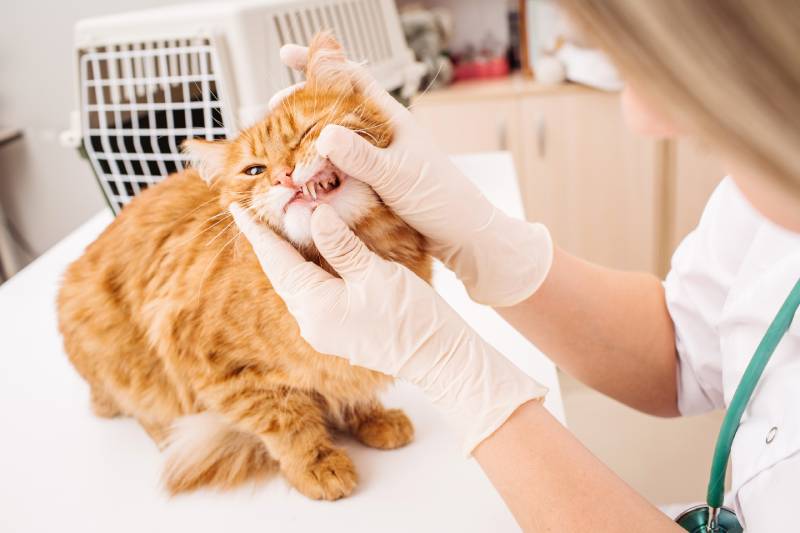
2. Gingivitis
Gingivitis is the inflammation of the gums in the mouth. It can cause bleeding, be painful, and is often quite treatable.
- Causes: Gingivitis has many potential causes; viruses such as feline calicivirus and herpesvirus, and bacteria, like Bordetella, can cause marked inflammation in the gums. Gingivitis can also be caused by what is believed to be a reaction to the teeth themselves, in a condition called stomatitis.
- Treatment: Sometimes, cleaning the teeth will clear gingivitis. Sometimes, antiviral or antibiotic therapy is another approach, if these are believed to be the underlying cause. In severe cases, removing the teeth can also be a potential treatment.
- Prognosis: In cases caused by poor oral hygiene, dental cleanings are often very effective in resolving the condition, though they can still recur later in life. In cases of stomatitis, or viral infections, the condition can be highly refractory to many forms of therapy. In severe cases, even full-mouth extractions may not serve to resolve the condition, and some cat owners may face the difficult decision of euthanasia, due to concern over their cat’s quality of life.
3. Calculus
Calculus is the formation of calcified bacteria and film on teeth, which can lead to secondary issues, such as gingivitis, gum recession, and pain.
- Causes: Poor oral health, lack of tooth brushing, diet, and genetics are all potential factors in the development of calculus.
- Treatments: Once developed, calculus generally requires professional dentistry to remove the accumulated buildup.
- Prognosis: Generally, treatment is effective, although the issue can recur.
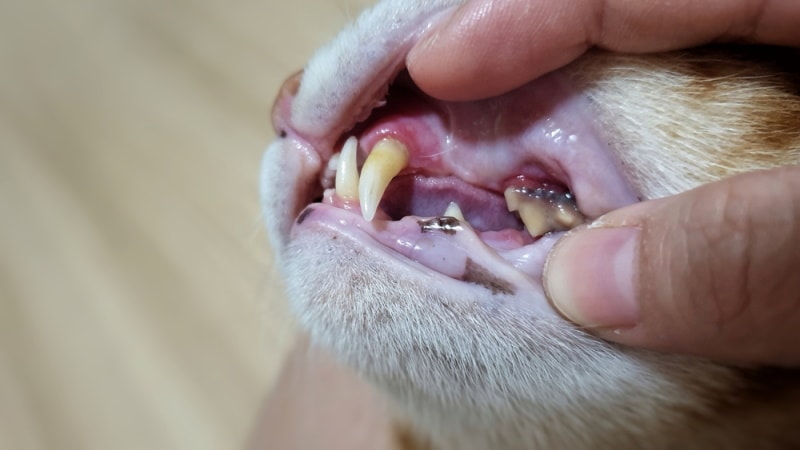
4. Fractured teeth
Fractured teeth are most commonly in the canines in cats, particularly the upper canines.
- Causes: Trauma, such as falls from a height, being hit by a car, jumping from a height, rough play, or running into items (like hard furnishing) can all cause fractured canines.
- Treatments: Removal of the affected canine or root canal therapy are both treatment options if the tooth is still healthy enough to preserve the root.
- Prognosis: Prognosis is generally good. Extraction or root canals in cats are very successful treatments for this issue.
5. Ulcers
Ulcers are defects in the surface of the gums, which can be painful, and lead to underlying infections. Often, they will cause cats to drool excessively. In some instances, they can also be seen on the tongue.
- Causes: In cats, viruses, electric shocks from chewing on electrical cables, or toxins are some of the more common causes of ulcers.
- Treatments: Pain medication or analgesia is a mainstay of the treatment of ulcers. Sometimes, antibiotics are used to help prevent secondary infections as well. If a virus is an underlying cause, antiviral medications can also be considered.
- Prognosis: Most ulcers resolve fairly quickly, as the gum tissue is one of the fastest-healing tissues in the body.
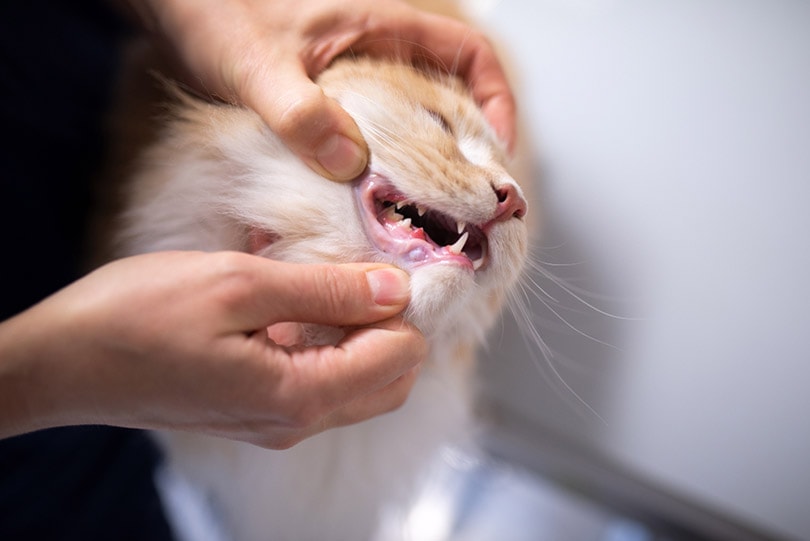

Feline Oral Health Homecare Tips
Learning to do oral care for your cat’s mouth at home can be a huge part of keeping their mouth healthy! Here are some simple tips to keep your cat’s smile healthy, their breath fresh, and their vet happy!
- Daily brushing of teeth is an ideal way to keep plaque and tartar at bay, but most cats require early training as kittens to accept this as a part of their routine.
- If tooth brushing isn’t an option, consider using a dental diet (prescription or over-the-counter) to keep plaque and calculus at bay.
- Never use human toothpaste with pets, as fluoride and other substances are toxic to cats (and dogs).
- Signs that your cat may be having dental issues include: pawing at the face, tooth grinding, drooling, discharge coming from their mouth, bad breath, or red gums.


Conclusion
Dental disease is one of the most common issues seen in young and old cats alike. It can strike as early as two or three years of age, can often return throughout their lifetime, and can require a skillful exam by your veterinarian to detect the early signs of disease. Some feline diseases are preventable, while others are not. However, every little bit of home care helps—so, speak with your vet about what options exist for your particular cat.
Featured Image Credit: didesign021, Shutterstock
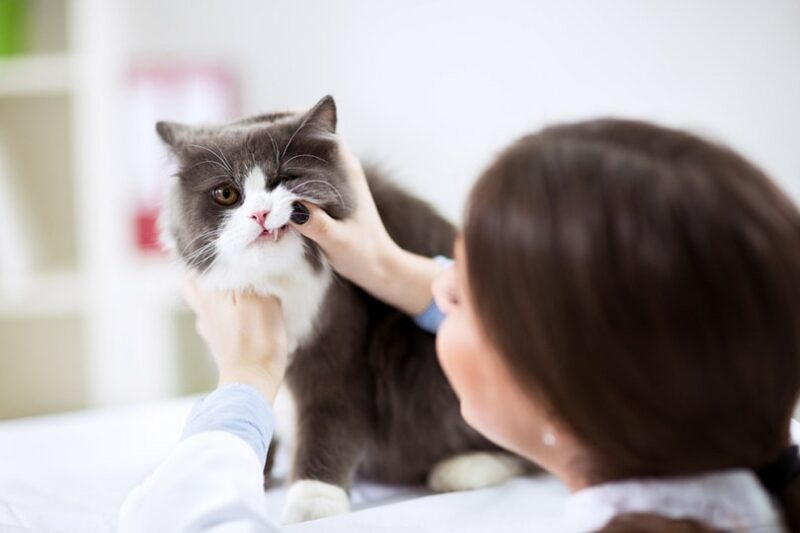






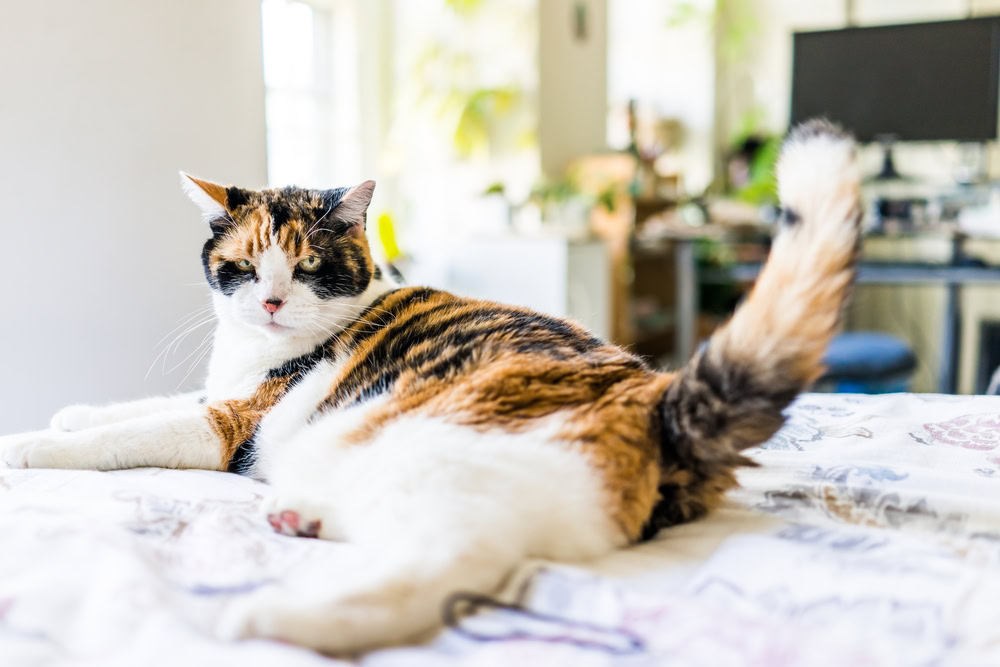
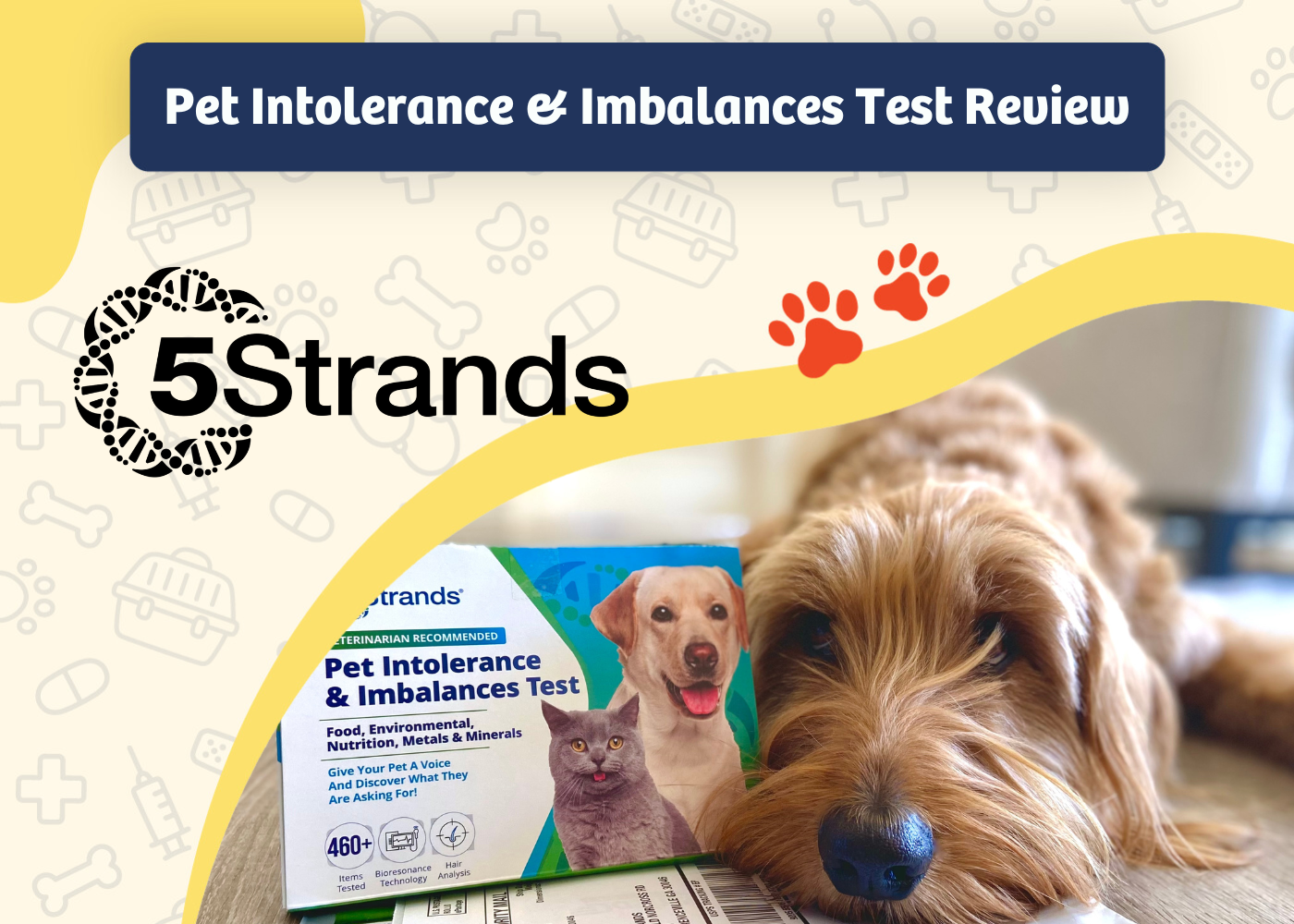



2 Responses
Thanks for this insights. May I ask whether a 9.4 protein level and a 5.9 globulin level are at all concerning in a healthy 7-year-old male cat?
Hello Martin,
thank you for your question. Since it is very specific, it seems like you are looking to speak to a veterinary medical professional. We recommend booking an appointment with one of our veterinarians at http://www.PangoVet.com. They will be happy to consult your situation with you in detail and give you some advice if needed.
Hope this helps.